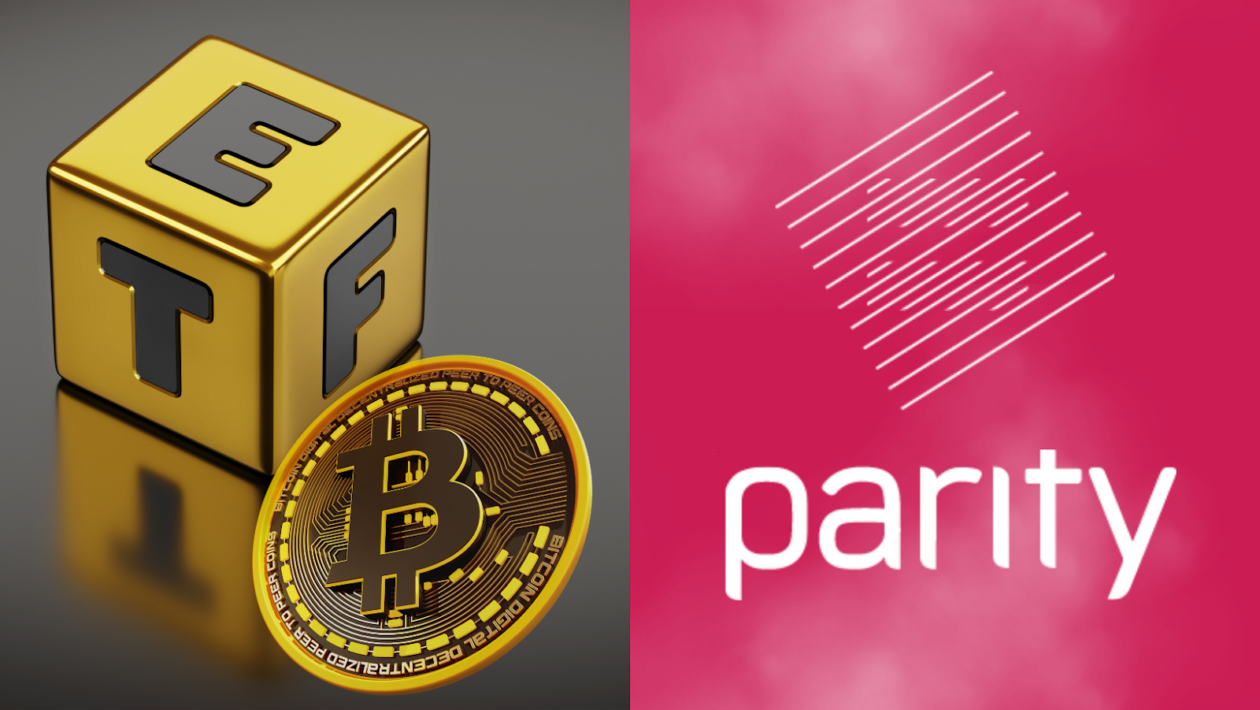copyright News Summary: Trick Developments on the planet of copyright
copyright News Summary: Trick Developments on the planet of copyright
Blog Article
Discovering the Influence of Regulative Modifications and Technological Advancements on Today's Digital Currencies Headlines
The crossway of governing adjustments and technical technologies is essentially altering the landscape of digital money, motivating a re-evaluation of their duty in the international economic situation. Regulative bodies, such as the SEC and CFTC, are proactively influencing exactly how electronic assets are categorized, while brand-new modern technologies are enhancing transaction efficiencies and safety and security procedures. This double evolution increases essential inquiries about the effects for market characteristics and capitalist confidence. As we check out these growths, the question continues to be: how will these factors shape the future trajectory of digital currencies in a progressively interconnected globe?
Current Regulatory Landscape
In the wake of fast developments in digital currencies, the current regulatory landscape is evolving to resolve the intricacies and challenges posed by these innovations. Governments and regulatory bodies globally are coming to grips with just how to effectively supervise this blossoming market, which often goes beyond national borders.
Key governing approaches include the establishment of structures that specify electronic currencies, ensuring customer defense and preventing immoral tasks such as money laundering and fraud. In the United States, companies like the Securities and Exchange Payment (SEC) and the Asset Futures Trading Commission (CFTC) are proactively participating in discussions to clear up the classification of various electronic assets and their regulative effects.
In A Similar Way, the European Union is advancing its Markets in copyright-Assets (MiCA) regulation, which intends to develop a cohesive regulatory environment across member states. Nations like China have selected stricter actions, including straight-out restrictions on certain copyright activities.
As this regulatory landscape remains to develop, it will be essential for stakeholders, consisting of services and consumers, to remain informed and adjust to the altering setting to minimize risks while capitalizing on possibilities within the electronic money ball.
Secret Technological Innovations
Many technical innovations are reshaping the landscape of digital money, considerably boosting their performance and safety and security. Among one of the most essential developments is the growth of blockchain innovation, which supplies a decentralized ledger that ensures openness and immutability of transactions. copyright news. This modern technology not only minimizes the risk of fraudulence however likewise allows for real-time transaction confirmation, promoting customer count on
Additionally, the appearance of clever contracts has actually changed how arrangements are implemented within digital money ecological communities. These self-executing agreements help with automated deals, getting rid of intermediaries and minimizing prices connected with typical agreement enforcement. In addition, advancements in cryptographic strategies improve the security of digital pocketbooks, securing users' properties from possible cyber threats.
An additional noteworthy development is the integration of expert system in deal surveillance and scams discovery, enabling platforms to identify suspicious tasks immediately. Moreover, the intro of Layer 2 scaling remedies, such as the Lightning Network, addresses scalability problems, permitting for faster and less expensive purchases on networks like Bitcoin.

Influence On Market Characteristics
Technological technologies in electronic currencies have not only enhanced capability and security yet have likewise considerably altered market dynamics. The introduction of blockchain innovation has actually boosted openness and lowered purchase prices, resulting in greater performance in trading and financial investment. This has urged a much more varied series of participants, from retail investors to institutional players, to engage with digital money, thus amplifying market liquidity.
Additionally, the emergence of decentralized money (DeFi) systems has interrupted standard monetary systems, offering users with alternate methods for lending, loaning, and trading. This change has actually promoted an affordable atmosphere where typical financial organizations are urged to innovate or run the risk of obsolescence (copyright news). With the surge of stablecoins, which use rate security in the middle of volatility, investors can currently carry out transactions with lowered risk, more affecting market habits
Furthermore, the assimilation of synthetic intelligence and artificial intelligence in trading methods allows for extra sophisticated market evaluation and anticipating modeling. As an outcome, capitalists are much better outfitted to react to market changes, creating an extra vibrant trading atmosphere. Collectively, these innovations are improving the landscape of electronic currencies, resulting in a much more interconnected, competitive, and reliable market.

Global Point Of Views on Guideline
Regulative techniques to digital currencies vary considerably across the globe, frequently reflecting differing financial priorities, social attitudes toward innovation, and levels of technical fostering. In the USA, regulative bodies such as the SEC and CFTC face specifying the lawful condition of cryptocurrencies, concentrating on investor defense and market stability. The European Union is advancing detailed regulative structures like the Markets in copyright-Assets (MiCA) proposal, aiming to create a unified technique that fosters advancement while ensuring customer security.
In contrast, nations like China have actually embraced a straight-out ban on cryptocurrencies, prioritizing monetary control and economic stability over advancement. On the other hand, countries such as El Salvador have actually welcomed Bitcoin as lawful tender, showcasing a bold commitment to monetary inclusion read more and economic modernization.
Developing countries usually locate themselves navigating a complex landscape, stabilizing the need for law with the prospective benefits of electronic currencies in driving financial development. Overall, the international regulative environment stays fragmented, with continuous discussions and changes as federal governments seek to strike an equilibrium in between fostering development and mitigating risks related to electronic currencies. This dynamic landscape emphasizes the need for ongoing worldwide collaboration and dialogue amongst regulatory authorities.
Future Trends in Digital Currencies
As regulatory structures advance, the landscape of electronic money is poised for significant makeover. Emerging fads show a merging of governing quality and technical improvement, which will certainly form the future of electronic money. Central Financial Institution Digital Currencies (CBDCs) are anticipated to get traction as governments explore their prospective to boost monetary plan performance and economic addition.
All at once, decentralized money (DeFi) platforms are anticipated to challenge typical financial systems, using cutting-edge economic services that run without middlemans. This change could cause a re-evaluation of existing laws to suit the unique features of DeFi while making sure consumer protection and systemic security.
In addition, the combination of expert system and artificial intelligence in copyright trading and risk assessment will certainly redefine financial investment methods and market characteristics. As digital currencies end up being significantly traditional, problems such as cybersecurity dangers and regulatory compliance will demand durable solutions.
Last but not least, public understanding and adoption will certainly play an important role in determining the trajectory of electronic currencies. Boosted recognition and education and learning regarding the advantages and dangers associated with digital money will certainly drive acceptance, eventually affecting the regulative landscape and market growths in the years to find.
Conclusion

Report this page